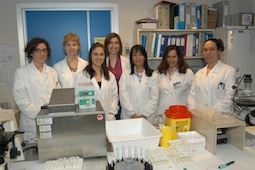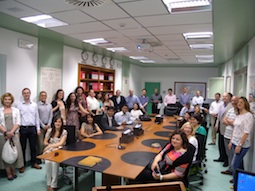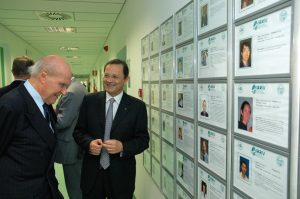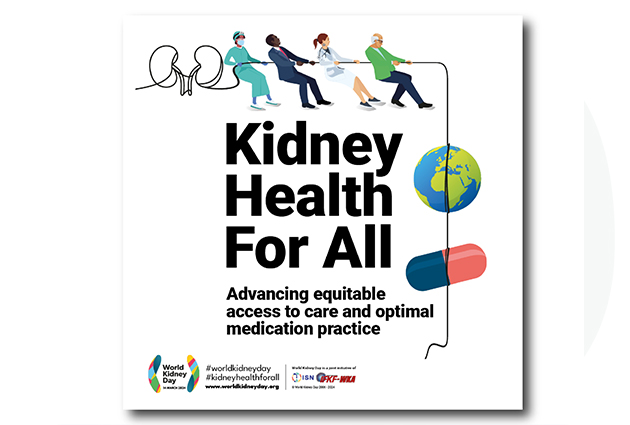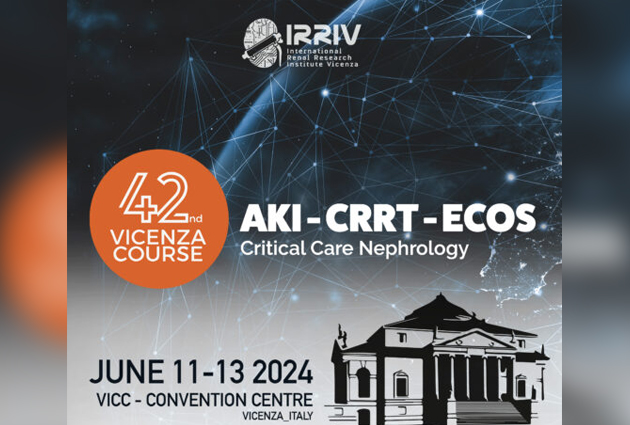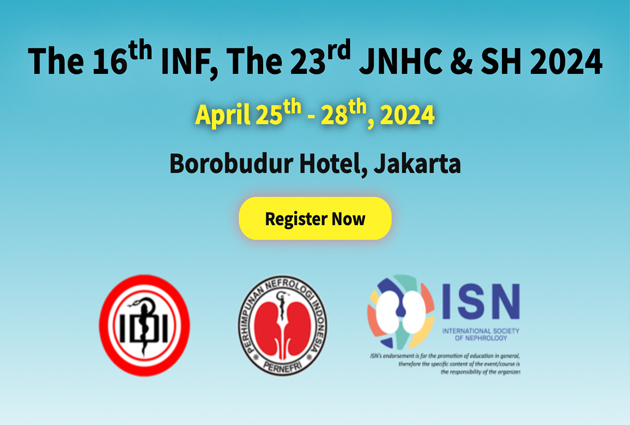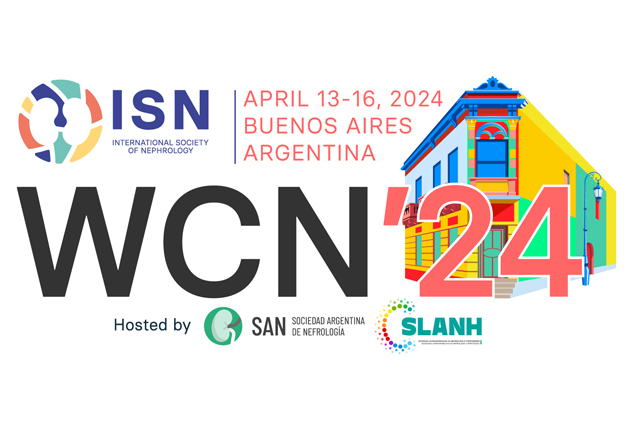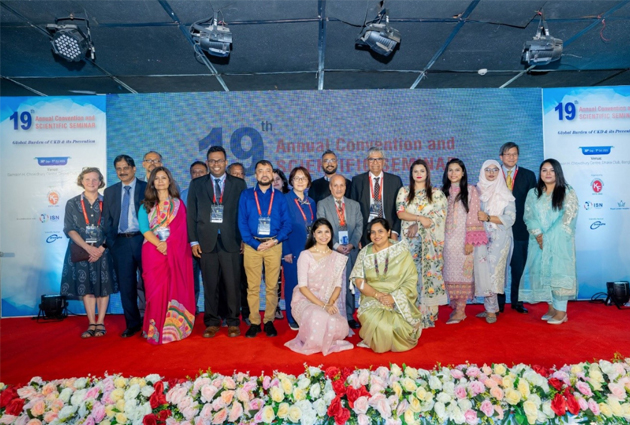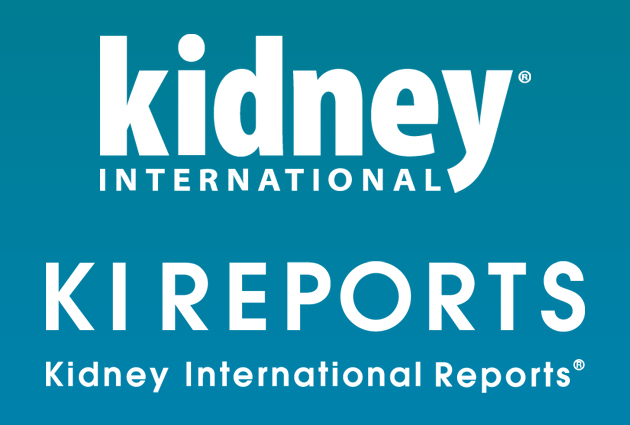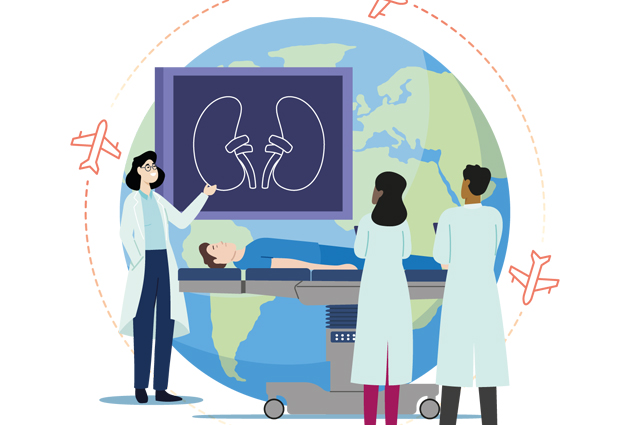First world treatment of multiple organ failure in neonatal patients
The first world treatment of multiple organ failure in a neonatal patient of 3 Kg was carried out in Vicenza Italy, with an innovative equipment called CARPEDIEM (Cardio Renal Pediatric Dialysis Emergency machine).
Acute Kidney Injury may occur in neonatal patients due to several causes. This infant had a hemorrhagic shock due to a complicated delivery. For many years the only treatment available was peritoneal dialysis, a therapy based on infusion and drainage of a sterile fluid into and from the abdominal cavity. The fluid is progressively loaded with the solutes not cleared by the failing kidney and then replaced with another batch of fresh fluid.
However, peritoneal dialysis has many complications and limited efficiency especially in removing the excess of fluid that tend to accumulate in the neonate that does not have adequate urine output.
In 1984, we pioneered a new technique for neonatal patients called continuous arterio-venous hemofiltration. We published a series of four neonatal patients treated with extracorporeal circuit in which blood was circulated through a permeable filter by the pressure gradient generated by the heart.
Our expertise in the adult technique and in bioengineering of hollow fiber hemodialyzers allowed us to open the way to pediatric hemofiltration thanks to the development of mini filters, a scaled down version of adult filters used for the artificial kidney technology. In the neonatal patient, it was important to develop a tool with dimensions and volumes of priming extremely low. The neonatal patient has approximately 300 ml of blood in his body. Even small shifts of this volume into the extracorporeal circulation would create major hemodynamic derangements.
As a consequence of this pioneering experience arterio-venous hemofiltration in neonatal patients has become a reality in the world for the next years. Subsequently the technique in the adult was modified and specific machines with blood pumps were utilized to optimize the extracorporeal circuit. However, these machines have proven inadequate for pediatric use, even in presence of customized circuits. In fact current equipment is mostly used off-label in patients under 15 Kg of body weight and is often not usable in a neonatal or premature child. One of the major obstacles in fact is the small size of the catheter utilized in the very small patient and the low accuracy of flow control in the blood circuit and fluid balance control in the dialysate circuit.
With this in mind, in 2008 we undertook a new journey into this area of medicine “orphan” of dedicated technology. The low incidence of the syndrome in neonatal patients and the consequent low expected return of investment makes this technology a low priority for industry.
Thus, supported by a non-profit organization Called “Friends of the Kidney of Vicenza” we started a fund raising campaign to engage a team of experts to develop a miniaturized device for renal support in neonatal patients. We then created a prototype in a record time of 12 months. The machine was subsequently manufactured by a professional company. CARPEDIEM received the CE mark in 2012 and after a thorough testing in the International Renal Research Institute of Vicenza, the machine was brought to market in june 2013.
Two pilot treatment have been carried out as a field test, but finally on September 1st, 2013, the first complete extracorporeal support was started at the San Bortolo Hospital of Vicenza Italy on a patient with severe multiple organ dysfunction and oliguric kidney failure. Twenty four hour hemofiltration was carried out for 15 days with stabilization of vital parameters and removal of fluid overload. Blood flow is 13 ml/min with a 4 French bilumen catheter and daily clearance is 2.2 liters (a volume exchange close to patient’s total body water). The baby developed a severe hyperbilirubinemia due to combined liver dysfunction and the hemofiltration treatment was then alternated with plasmapheresis with a modified CARPEDIEM circuit.
The extracorporeal priming volume of the circuit is les than 20 ml, allowing maximal hemodynamic tolerance. Today the neonate is extubated, safe, liver and kidney function normalized and going to be discharged tomorrow from the hospital. It is still unknown what will be the mid-long term outcome due to the many comorbid conditions, but before the CARPEDIEM, inevitable fatal outcome would have occurred few days after birth.
Professor Stuart Goldstein from Cincinnati and professor Zaccaria Ricci from Rome, worldwide experts in the field, have declared that this is a true miracle and very likely this machine will change the way of practicing medicine and managing neonatal patients in the years to come.
